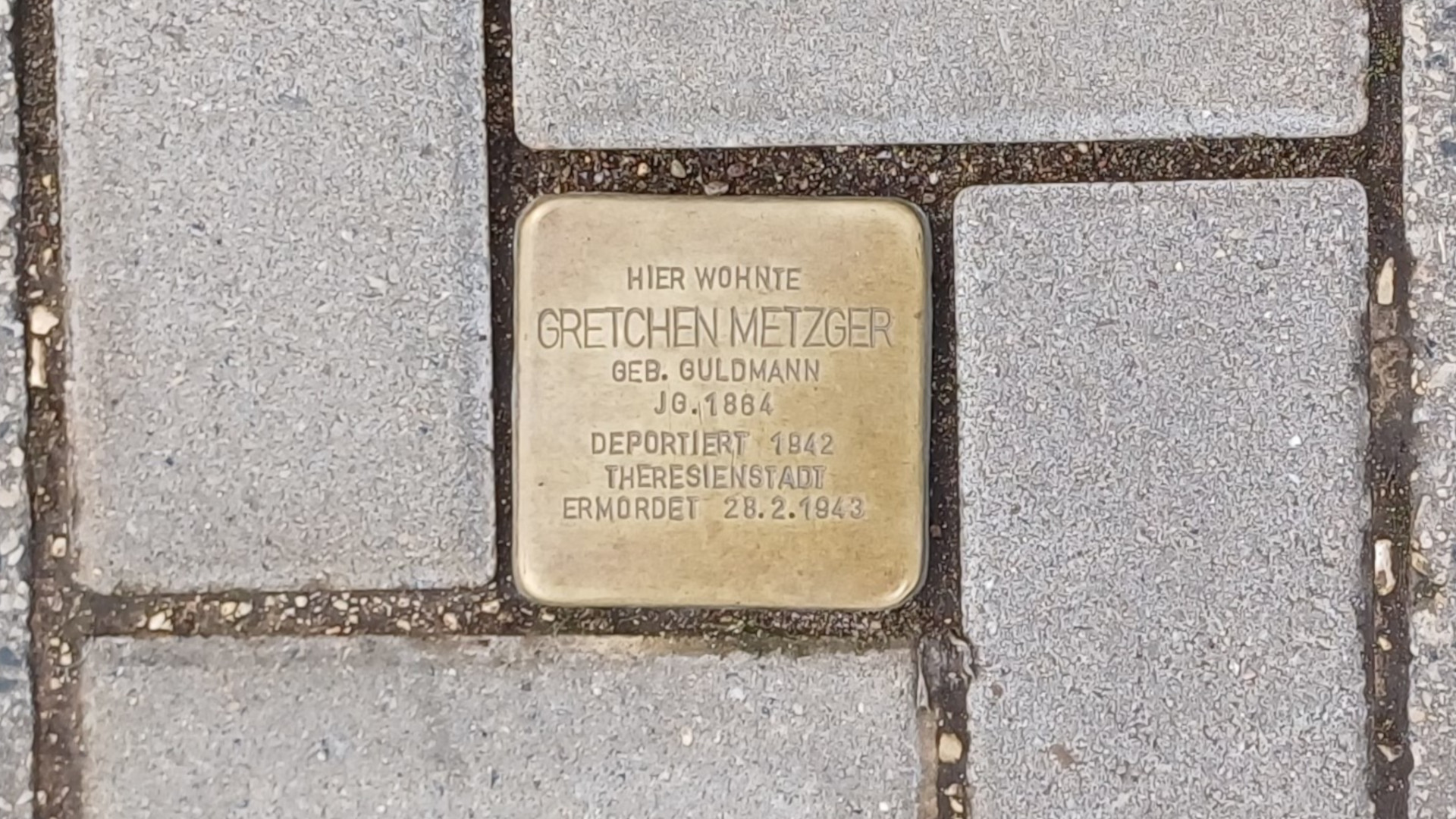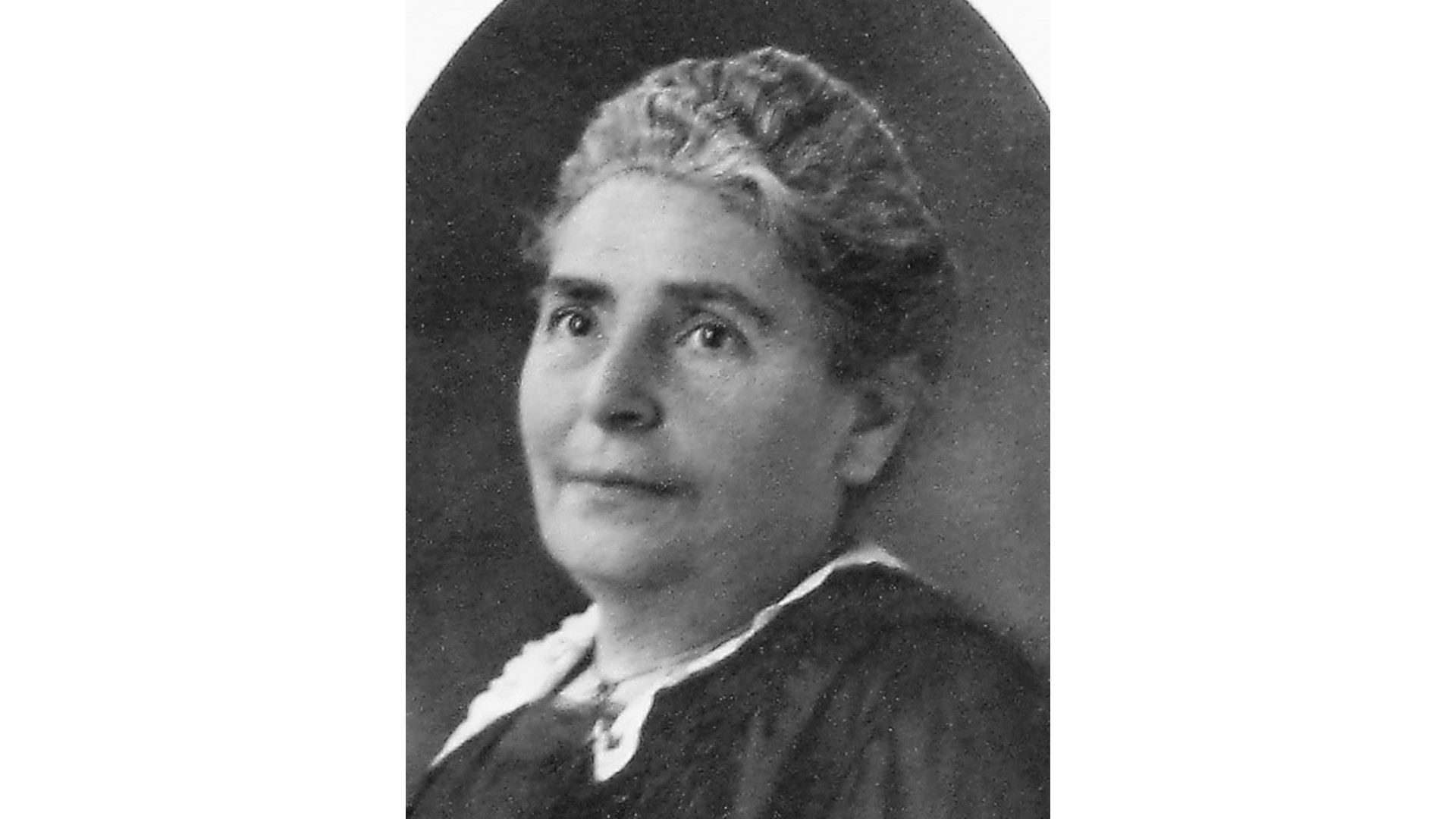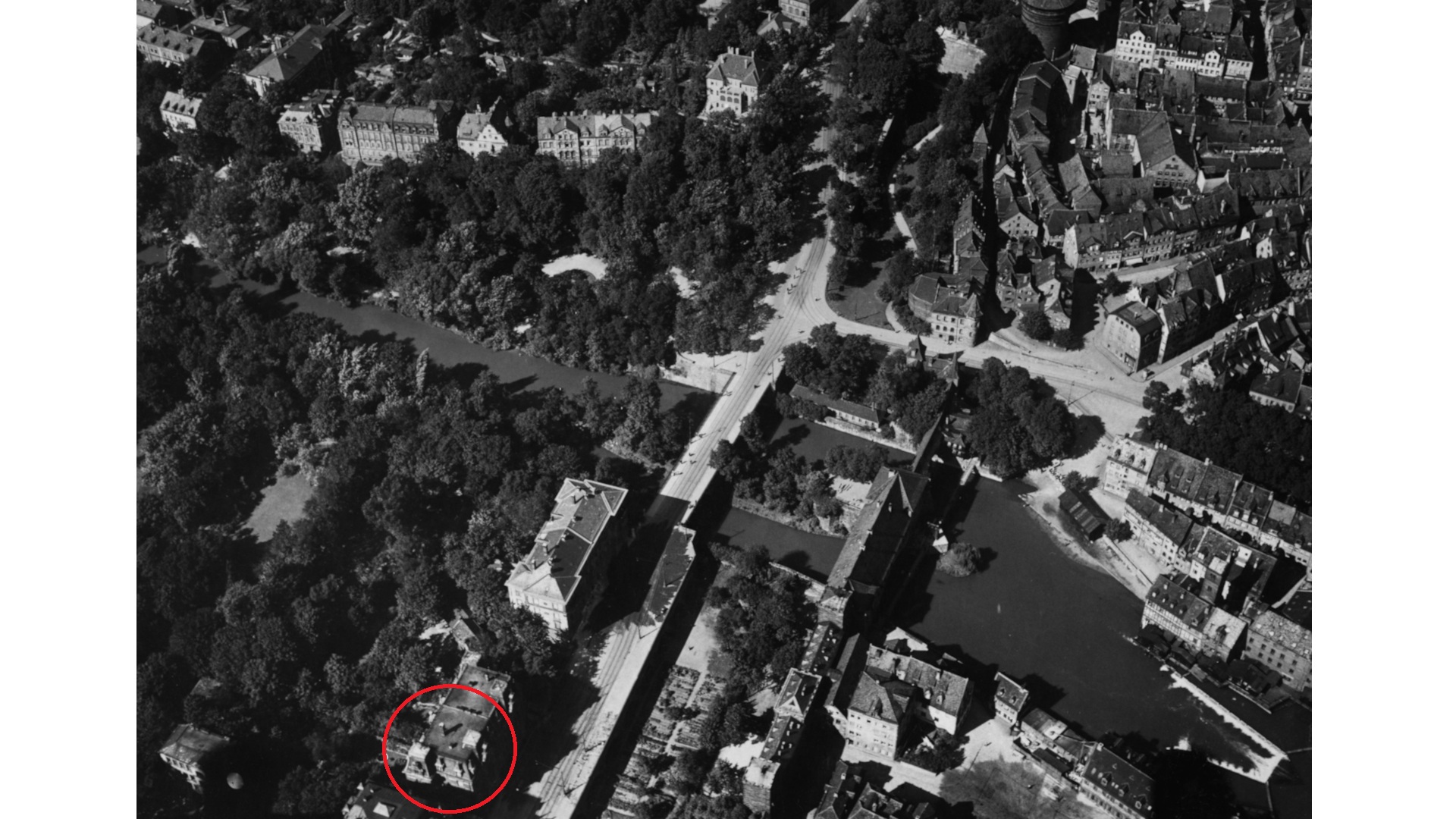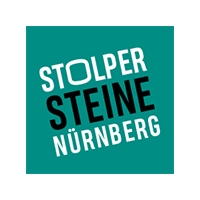| Location of stone: Westtorgraben 17 (formerly Westtorgraben 9) | District: Kleinweidenmühle |
| Sponsor: Michael Watson | Laying of stone: 26 May 2023 |
Biography
On 26 May 2023, Gunter Demnig laid ten stumbling stones in Nuremberg, five of them in memory of former Jewish citizens of Nuremberg. These included Gretchen Metzger, who was murdered in Theresienstadt in 1943.
Gretchen Metzger was born on 19 October 1864 in Nuremberg. Her father, Salomon Guldmann, was an ironmonger. The family lived above Salomon’s business at Adlerstrasse 27. In 1884, she married businessman Ludwig Metzger from Mainz, who later became a privy councillor of commerce. After selling the house in Adlerstrasse to the main postal office administration, the family lived from 1900 onwards in their new house at Westtorgraben 9. Ludwig died in Nuremberg in 1931.
His son Otto was born on 24 November 1885. Otto studied engineering in Munich, Zurich and Berlin. He then worked for 18 months as an engineer in the USA. On returning to Nuremberg, he married Sophie Josephthal in 1914. Sophie was born on 21 April 1894. Her father was the well-known lawyer, Emil Josephthal. In 1915, the couple lived at Bucher Strasse 20a. In the First World War Otto served as an officer in the Bavarian Army and was decorated on several occasions. From 1920 onwards he was director general of the company “South German Metal Industry” (“Süddeutsche Metall Industrie”), which employed around 2,000 people. Since 1912, Otto had been working for its predecessor company. He was forced to leave the firm in 1937 because he was Jewish.
In the so-called “Night of Broken Glass” on 9/10 November 1938, Otto was arrested by the Gestapo and imprisoned for six weeks in Dachau. He was severely mishandled in the camp. In February 1939, he and his wife managed to flee to England. Thanks to business connections he had already established in the country, he was quickly able to find employment there. His mother tried in vain to obtain a visa to leave Germany. She was deported to Theresienstadt concentration camp on 10 September 1942 and murdered there on 28 February 1943.
- Nuremberg City Archives, C21/X No. 6 registration card.
- Ludwig Berlin: Biography of Otto Metzger, 2002: www.rijo.homepage.t-online.de/pdf/DE_NU_JU_metzge2d.pdf [accessed on 14 June 2023].
- Information from Gretchen Metzger’s great-grandson Michael Watson, spring 2023.







